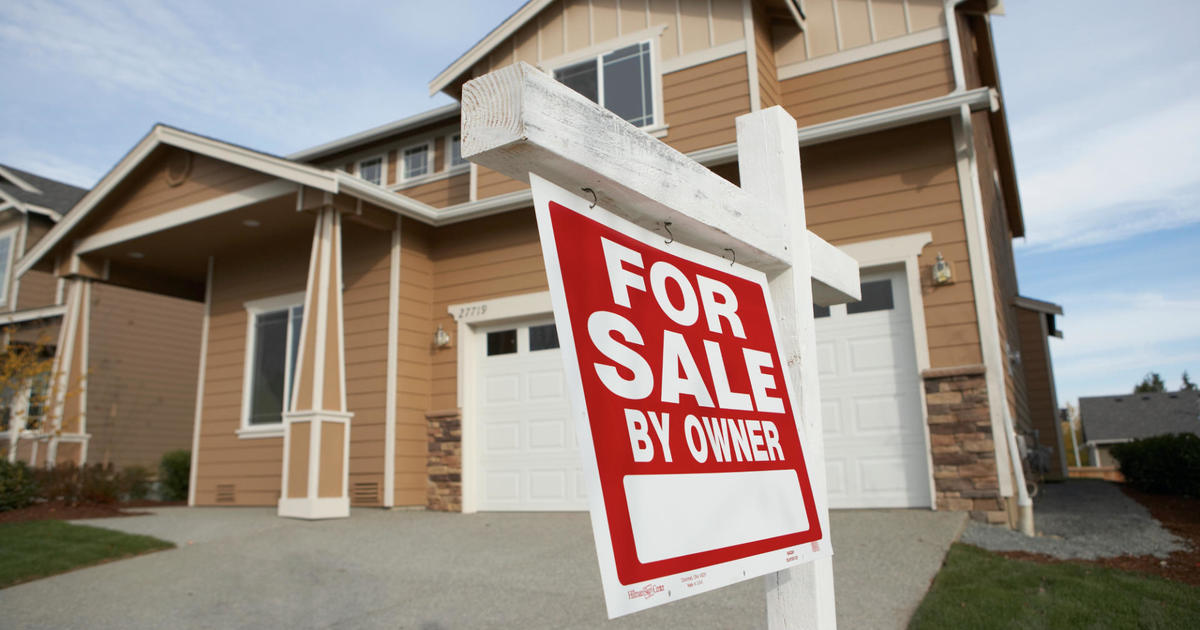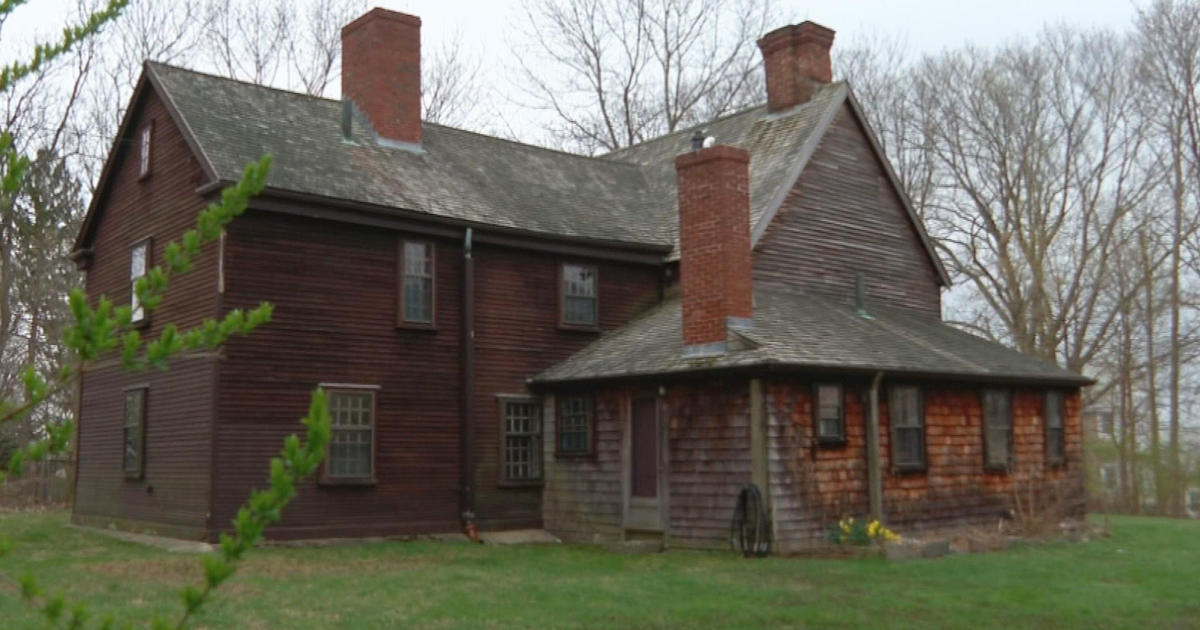Embrace Efficient and Eco-Friendly Home Heating
The most environmentally conscious way to heat homes is to embrace efficient heating lifestyle practices. Slight alterations in personal heating practices will decrease heating bills and improve the environmental quality of the home. Here's a few tips on how to go eco-friendly.
1. Turn down the thermostat. Indoor layering can become a fashion statement when it helps conserve heat and save money on energy bills. Turning the thermostat down by 1 to 3 degrees can help significantly reduce total heat expenditures.
2. Buy a programmable thermostat. The majority of working Americans do not need to use their heating system during the day. While after returning from a hard day's work, people do not want their homes to be personal igloos, but they also do not need their homecoming arrivals to be as warm as their car. Also when sleeping, programming temperatures to adjust to individuals' schedules will save heating expenses. Energy.gov recommends, "By turning your thermostat back 10° to 15° for 8 hours, you can save 5% to 15% a year on your heating bill -- a savings of as much as 1% for each degree if the setback period is eight hours long."
3. Clean up and replace air filters regularly. When in constant use, air filters get clogged and dirty with dust and other airborne particles, blocking the heat flow. Routine checks of air filters will help reduce total energy used and help save money on electricity bills.
4. Unblock vents. Knowing the location of all of the vents is essential to efficiently heat the home. Blocking vents with furniture, paintings, curtains and other household items and appliances will require more energy to heat the home. Simple changes in interior layout can improve the environmental quality of heating system.
5. Caulk windows, cracks, holes and spaces. Make an effort to find openings in the home and re-caulk them to reduce heat loss to the outside. This will help keep the warm air in and the winter breeze outside.
6. Replace weather-stripping material around moveable windows and doors. In addition to re-caulking, this will also help keep outdoor elements out and warm air indoors for moveable infrastructure.
7. Install double-pane windows. In old houses, single-pane windows are not as effective for storing heat compared with double-pane windows, which act as insulators. The space between the two panes acts as a buffer between the outdoor and indoor air sources and further insulates the home.
8. Insulate attic and crawl spaces. Inexpensive insulation can be purchased at hardware stores and will help regulate indoor heating. Many eco-friendly types of insulations exist that use more natural products. To determine the optimal home insulation, consult the R-value rating that quantifies heat flow rates. For example, cellulose insulation has an R-value of 3.5 per inch of thickness and is mainly comprised of recycled materials.
9. Low-flow bathroom appliances. Although not completely intuitive, installing low-flow faucets and shower heads will use less heat to operate. Thus, the installations will decrease total energy usage, and simultaneously conserve water.
10. Buy a pellet stove or furnace. Fueled from compressed wood or biomass (often recycled or deemed as waste), pellet stoves and furnaces are an environmentally friendly way to heat homes. The fuel is considered a clean energy and emits low levels of carbon dioxide. Safety precautions should always be taken when installing.
You May Also Be Interested In These Stories
Isabel Sepkowitz is a freelance writer. She is an environmentalist who values sustainability, education, and innovation for the emerging green economy. Her work can be found on Examiner.com.



